Fortean Fiction: A Wild Dodo Chase
 One of the best manuals for being a cryptozoologist wasn’t written by Karl Shuker, Loren Coleman, Jon Downes, nor Ivan T. Sanderson. Instead these 8,900+ words of wisdom come from Howard Waldrop.
One of the best manuals for being a cryptozoologist wasn’t written by Karl Shuker, Loren Coleman, Jon Downes, nor Ivan T. Sanderson. Instead these 8,900+ words of wisdom come from Howard Waldrop.
Who?
Howard’s one of the best science fiction authors you’ve never heard of, and the genius behind the cryptozoological primer The Ugly Chickens. Some time ago I read his story in one of the scores of anthologies in my library, only to be reacquainted when Norm Sherman at the Drabblecast presented it on his podcast.
It all begins with Paul Linberl reading Greenway’s Extinct and Vanishing Birds of the World on a bus, when one of his fellow passengers identifies a dodo being the fowl kept on her neighbors’s bayou farm back when she was a little girl.
ADVERTISEMENT
The lady I had followed off the bus was named Jolyn (Smith) Jimson.
The story she told me was so weird that it had to be true. She knew things only an expert, or someone with firsthand experience, could know. I got names from her, and addresses, and directions, and tidbits of information. Plus a year: 1927.
And a place: northern Mississippi.
Rendered extinct in less than a century, no thanks to hungry sailors, feral animals, and bad luck, the last accepted sighting of the bird was in 1662. In the intervening years, there were a few other reports1, but conventional wisdom has written off the dodo by the 18th century. The prospect of finding a living specimen propels Paul’s quest for fame. After all, fame is one of the biggest motivators in the information age.
Celebrities like Matt Moneymaker, Cliff Barackman, and others make their quest to find sasquatch appear easy. Grabbing some binoculars, a camera, the map of your nearby state (or national) park, and kinda remembering last night’s episode of Finding Bigfoot won’t guarantee the discovery of a new species, Lazarus taxon, or monster. It’s a recipe for disaster, with people complaining about being cold, getting lost, not wanting to poop behind a tree, let alone bury their poop, among typical complaints from domesticated humans venturing beyond their front lawn. You gotta crack the books, dig up details overlooked in popular culture, which will be helpful down the line when interviewing witnesses. These witnesses are important, since they help an investigator save a step since they can point you in the right direction. Then again, anyone who’s clever enough, and literate, can fool an expert. Good thing Paul’s in the middle of pursuing his Masters degree in ornithology, giving him an edge over folks who want some unwarranted attention.
A bigger question is posed, how the hell did the dodo round the Cape of Good Hope to the Gulf of Mexico’s shores? Linberl notes many ships logs recording “Party of ten men ashore. Drove half-a-hundred of the big turkey-like birds into the boat. Brought to ship where they are given the run of the decks. Three will feed a crew of 150.” As the story progresses, the spread of cats, rats, humans, hogs, and dogs also contributed to a vanishingly small dodo diaspora, appearing in far-flung locales like Holland or Portugal.
Two with van Neck in 1599, one to Holland, one to Austria. Another was in Count Solm’s park in 1600. An account speaks of “one in Italy, one in Germany, several to England, eight or nine to Holland.” William Boentekoe van Hoorn knew of “one shipped to Europe in 1640, another in 1685″ which he said was “also painted by Dutch artists.” Two were mentioned as “being kept in Surrat House in India as pets,” perhaps one of which is the one in the painting. Being charitable, and considering “several” to mean at least three, that means twenty dodos in all.
 Embarking on his Faulknerian quest, Waldrop details Paul’s encounter with the Kraits, former neighbors of the Gudgers who kept the titular ugly chickens.
Embarking on his Faulknerian quest, Waldrop details Paul’s encounter with the Kraits, former neighbors of the Gudgers who kept the titular ugly chickens.
A whole family was on the porch, looking like a Walker Evans Depression photograph, or a fever dream from the mind of a Hee Haw producer. The house was old. Strips of peeling paint a yard long tapped against the eaves.
By twists and turns, he finally meets up with Jolyn’s friend Annie Mae Gudger, who helps connect the dots of the dodos’s improbable voyages.
The possibility of extant dodos fell into the protagonist’s lap, but doing his homework, cracking the books, and asking others for help contributed to the surprising turn of events at the end of Waldrop’s tale.
As for your homework, head on over to The Drabblecast and read, or preferably listen to, this classic cryptozoological tale. While Paul’s revelation may not be what you expect, it’s the kind of discovery certain to change the understanding of our world.
Maybe even tweak the hard noses of big-s skeptics and denialists desperately desiring a sense of certainty in an increasingly weird reality.
If you happen to know of any other prime examples of fortean fiction then drop us a line on Facebook, Twitter, or in the comments below.
MORE GREAT STORIES FROM WEEK IN WEIRD:

http://www.petermaas.nl/extinct/speciesinfo/dodobird.htm ↩

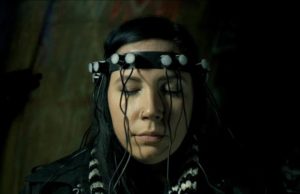
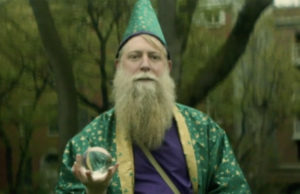
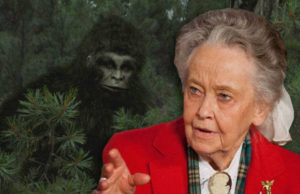

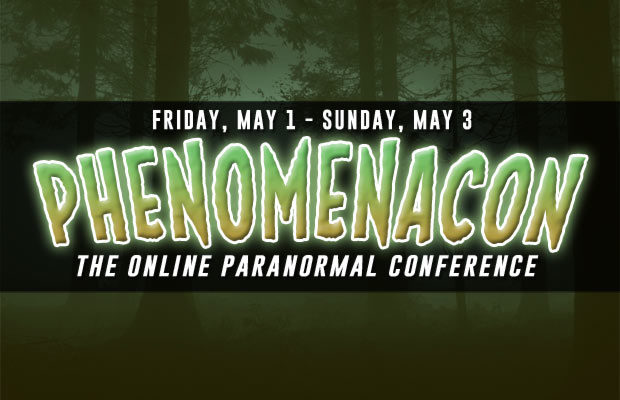
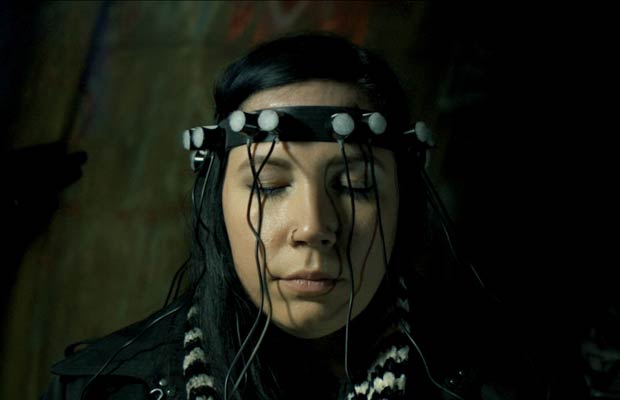

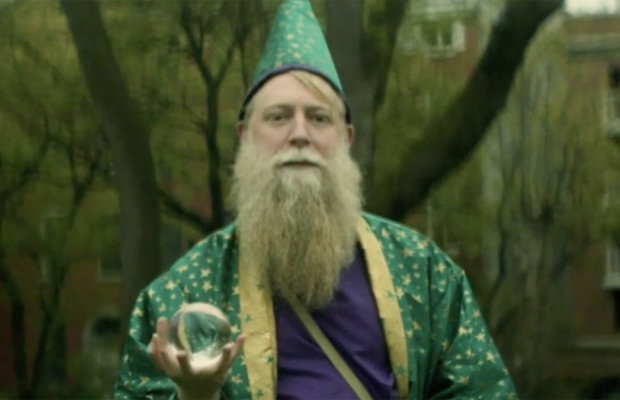

You must be logged in to post a comment Login